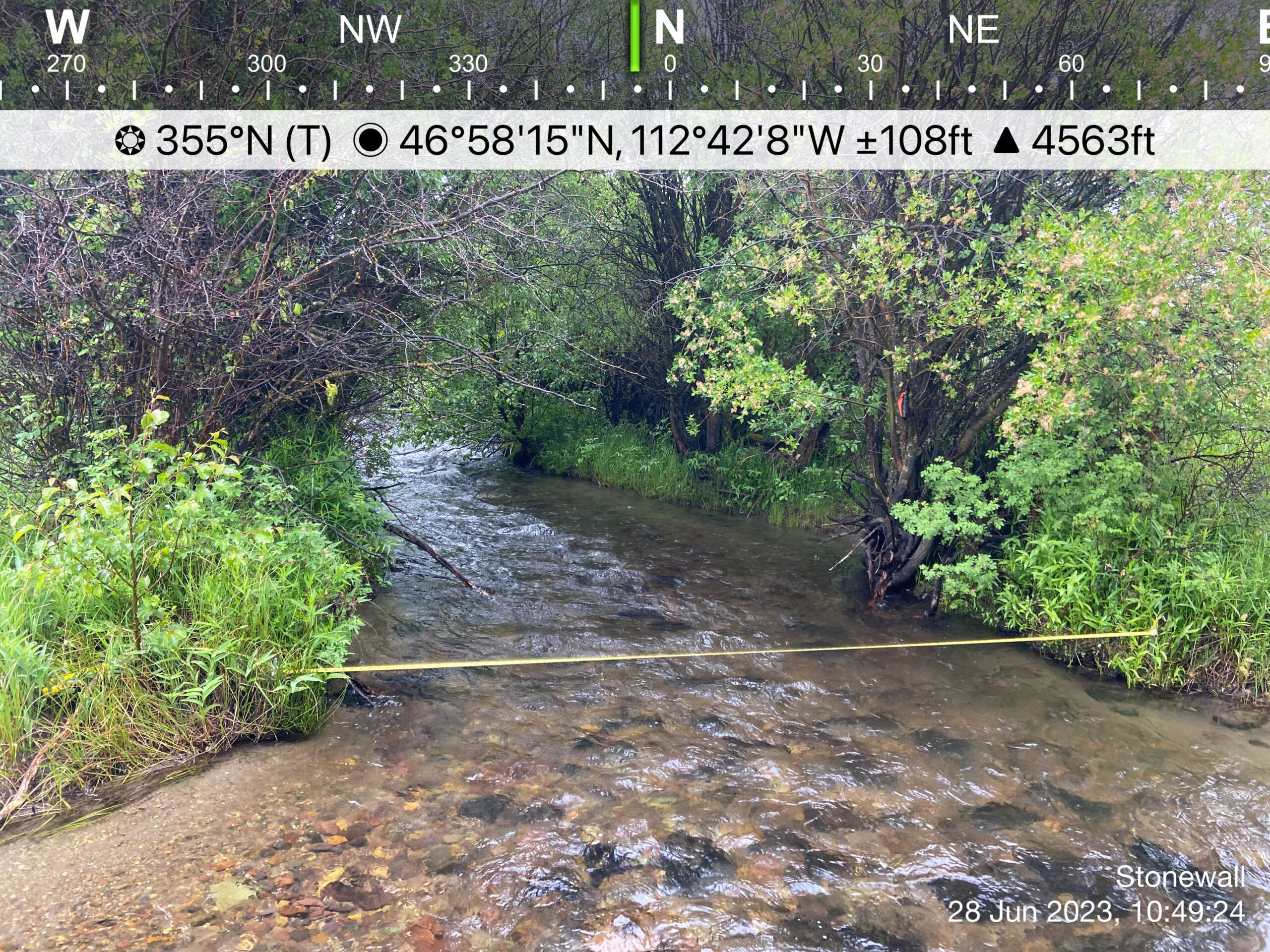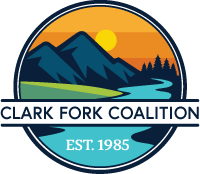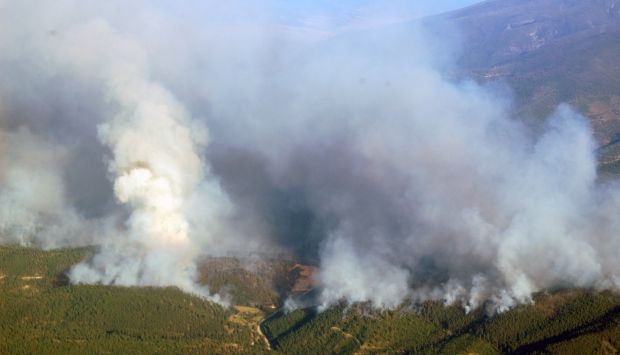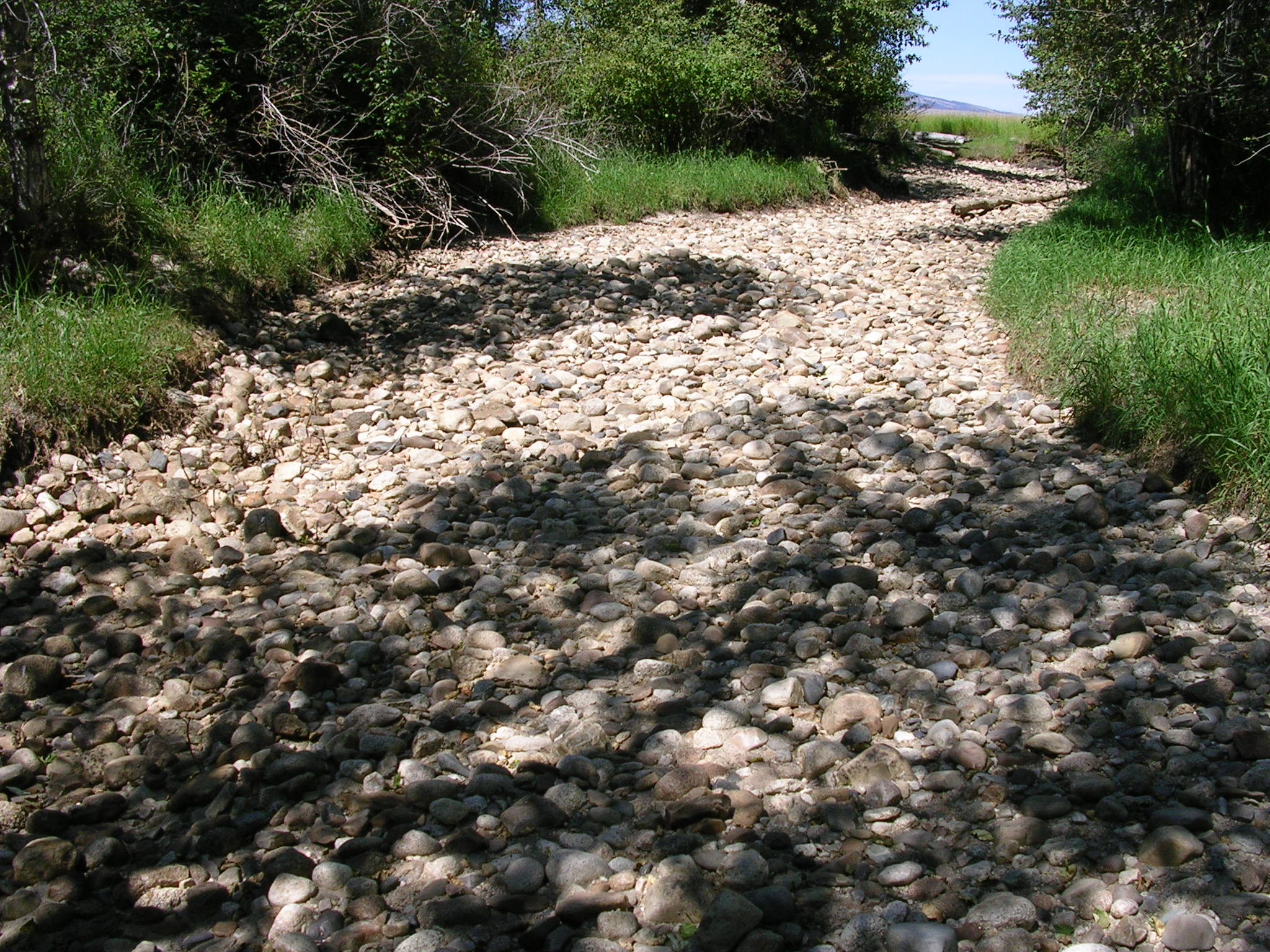Flood and Drought
In western Montana, both floods and drought are part of the natural cycle. But risks for extreme events are now higher and the ability to recover is lower due to factors like climate change, population growth, and development that encroach on riparian zones and floodplains.
In the Clark Fork watershed, over 900 miles of streams are listed as “chronically or periodically dewatered” by Montana Fish, Wildlife & Parks—that means those reaches don’t have enough water to support fish. Less water also means hotter water, which increases algae blooms and lowers dissolved oxygen—a lethal combination for native trout.
Many of the Coalition’s projects address flood and drought concerns. In some cases we help restore floodplain connectivity to discharge energy in wetland areas before high volume floods damage communities. We work to have pollution removed from floodplains to repair riparian habitat and fishery health. And we work to reconnect dry tributaries by restoring flow in streams, especially through the hottest months.
Where are we addressing flood and drought?
-
 Valiton Ditch Split Season Lease
Valiton Ditch Split Season Lease -
 Cleaning up the Smurfit-Stone Mill Site near Frenchtown, MT
Cleaning up the Smurfit-Stone Mill Site near Frenchtown, MT -
 Stonewall Creek
Stonewall Creek -
 Keep Cool Creek
Keep Cool Creek

You can help
Landowners, water right holders, and irrigators can partner with the Coalition to design and facilitate stream restoration and water management projects that mitigate floods and drought while also benefiting rivers and streams.




